The Rio Paralympic Games have already kicked off, and in this two-week intense competition, 3D printing will play an important role.
For every Paralympic athlete, a perfect custom arm, leg or wheelchair allows them to confidently play the best shots, throws or jumps. However, the regulations on prosthetics and related ancillary equipment are quite strict, especially when it comes to materials and specifications. In addition, a lot of innovation is needed in top racing competitions. Compared with traditional manufacturing processes, 3D printing technology can meet the above stringent requirements and provide perfect customized solutions for athletes. Let's take a look at the highlights created by 3D printing in the Rio Paralympics.
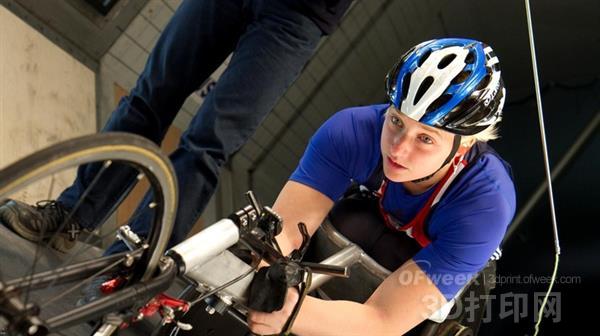
United States
As a spiritual home for 3D printing, 3D printing provides a huge competitive advantage for the US national team.
Designworks, a subsidiary of BMW, designed a streamlined, customizable lightweight 3D printed carbon fiber racing wheelchair for the US national team and a unique and durable 3D printing glove with palm protection. BMW hopes that these equipment will help the US team win a lot of gold.

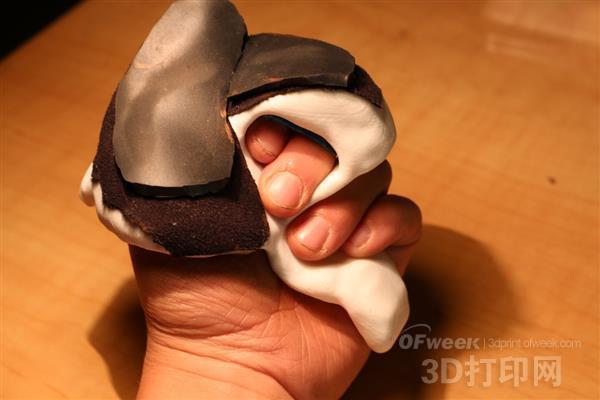
Titan Robotics, a large 3D printing services company based in Colorado, USA, also contributed to the Rio 2016 Paralympic Games. The company's mechanical engineer Allison Jones won the Paralympic gold medal twice, and now she designed a special support frame for the American Paralympic cyclist Billy Lister, which was mounted on Billy's bicycle frame so that Billy The arm can be placed in the right position. Billy will bring this special bicycle to the Paralympic Games.
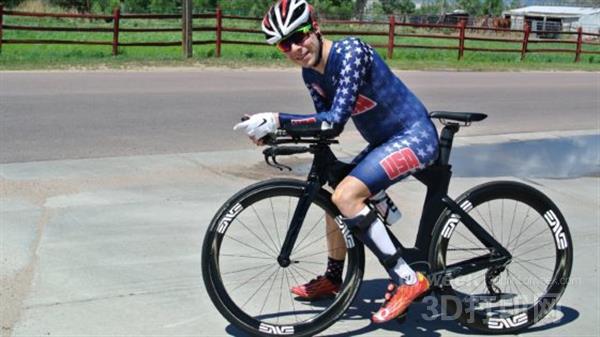
The University of Illinois is the spiritual home of the Paralympic Games, and 12 of the 72 American athletes participating in the 2016 Rio Paralympic Games are trained at the school. The oil giant BP provided a research and development team of kinematics experts to help design the best equipment for the Division of Disability Resources and Educational Services. Now, the engineering department at the University of Illinois works closely with the BP R&D team to prototype 3D printing. Their research and development focuses on the athlete's gloves. In just one event, athletes wear gloves to turn the wheels thousands of times, so the wear of the gloves is quite large, but 3D printing and a large number of prototypes help produce wear-resistant high-performance gloves.
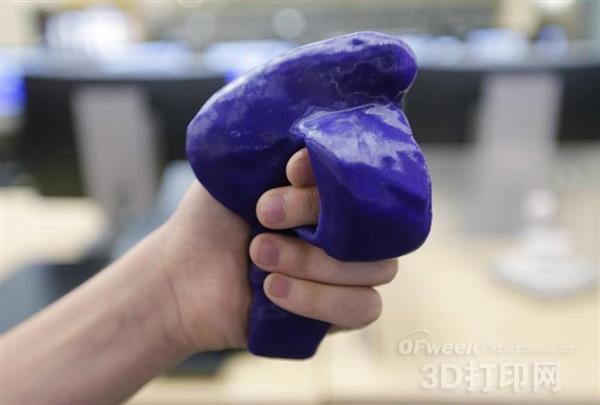
Gloves are obviously very important, and Kentucky man Raymond Jones used his home 3D printer to make a pair of custom gloves for his daughter Aerelle.
United Kingdom
Aviation giant BAE Systems is a partner of the British Paralympic team. The company applies its engineering technology to racing wheelchairs and a variety of other systems, including almost certainly prosthetics. BAE Systems applied advanced technology from 3D printing to timing gear to help the British team. Although BAE Systems did not disclose the details, the company recently claimed that their technology has increased the speed of the ParalympicsGB team by an average of 20%. Therefore, with the help of aviation equipment, the British team should win the gold medal.
Germany
Autodesk created a 3D printed prosthetic leg for German athlete Denise Schindler weighing only 812 grams. Schindler will use the 3D printer prosthetic leg in the 3,000-meter race and hope that the 3D printed prosthetic leg will take it for himself in three events. Come a huge advantage. This is the first time someone has used a 3D printed prosthetic leg in the Paralympics. At the 2012 London Paralympic Games, Schindler used a prosthetic leg made of gypsum casting technology and weighed 1.3 kg.
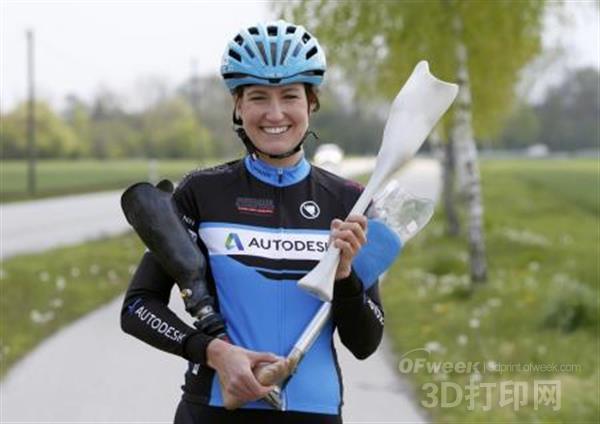
Although it sounds like the difference between 812 grams and 1.3 kilograms is not great, every gram is crucial in the Paralympic Games. Aerodynamics and curvature are as important as the final weight of the prosthetic leg, so the German Paralympics team worked with Autodesk to improve the design. They used the Stratusy Fortus MC 450 3D printer to print 52 prototypes. With 3D printing, Autodesk reduced manufacturing costs for prosthetic legs by 80%. The main purpose of Autodesk's move is to provide design for people of all ages to use in sports.
Italy
At present, surfing is not a Paralympic event, but at the 2020 Japan Summer Olympics, surfing will be one of the Olympic Games for the first time. Surfing requires a high level of balance for the players, so each body part of the surfer must be perfectly matched. WASPmedical has printed a lightweight carbon fiber prosthetic leg for the surfer 3D of the surfer Fabrizio Passetti. At the age of 18, Passetti lost a leg in a motorcycle accident and has been participating in an adaptive competition since then. The prosthetic leg is subject to the violent impact of the waves, so it must be strong enough, stable and lightweight, and 3D printing will certainly meet these requirements.
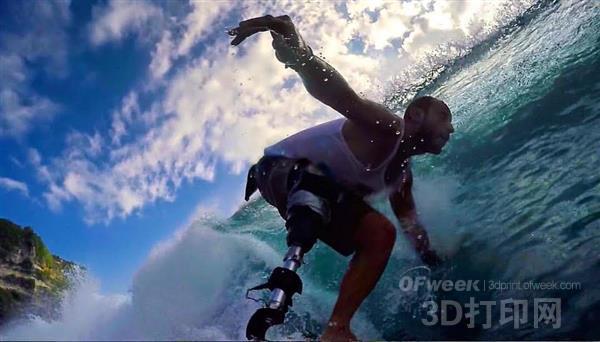
WASP is the manufacturer of the Big Delta 3D printer Big Delta, but this time the company used the DeltaWasp 40 70 3D printer and the DeltaWasp 20 40 3D printer to create a 3D printed carbon fiber prosthetic leg for Passetti, made for the kayaker Veronica Yoko Plebani. A 3D printed arm stand.

The 20-year-old Plebani is a kayaker and snowboarder born in Brescia, Italy. She participated in the 2014 Winter Paralympic Games in Sochi, Russia, and the 2016 Rio Paralympic Games will be her first summer Paralympics. It is worth noting that Plebani will also participate in the snowboard competition at the Winter Paralympics, so she will definitely work with WasMedical two years later.
Brazil
In order to help local athletes achieve good results, the National Institute of Technology of Brazil has created special chairs for five national athletes participating in the shot put, discus and javelin projects. These five athletes are Roseanna Ferreira dos Santos ( Won the gold medal at the 2000 Sydney Paralympics), Vanderson Silva, Julyana Cristina da Saliva, Marcio Luca da Paz and Rafael Amorim Coury.
This may sound like a relatively simple job, but the chairs needed for each competition are different, and each chair is tailored to the specific athlete. Support and balance are the key to long-distance throwing, and feeling comfortable on a chair is also crucial to winning the game.
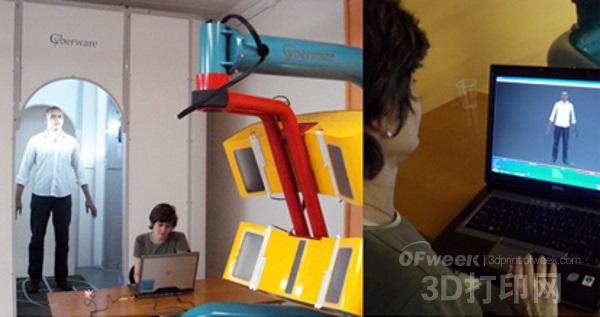
Researchers at the National Institute of Technology studied the movements of five athletes and captured 3D images of them throughout the throwing process. The researchers used these 3D images to design the final chair for the athletes. After a year of development and numerous prototypes, the researchers finally made the perfect seat.
The five Brazilian Paralympic athletes will bring these unique chairs to the 2016 Rio Paralympic Games. Shot put, discus and javelin are the most primitive and basic Paralympic Games, but now these five athletes will experience the benefits of cutting-edge technology and use it to win glory for the country in front of the Brazilian people.
[BEST CHRISTMAS DECORATIONS]The Christmas decorations indoor are perfect and unique. Our cute snowman figurine wears a red scarf and a black hat, and the top of the hat is covered with a layer of white snow. The dancing flame on the belly is like a real flame, warming the snowman's body, and the warm yellow lights create a warm Christmas atmosphere.
WILL TRADE originates from our best expectations for family & life, and carries our understanding of happiness. Every work we design and manufacture is our commitment to love.
Perfect home decor for a variegated display of Christmas, wedding, engagement, anniversary, party, as hanging ornaments on tree branches, table centerpieces, around banister, above reception at different lengths, etc. It is also a great choice for commercial holiday decorations.
Christmas,Under Bed Storage Box,Transparent Storage Boxes,30L Under Bed Storage Cube,Plastic Storage Bins
HISMOK(SHENZHEN)TECHNOLOGY CO.,LTD , https://www.willtrademat.com